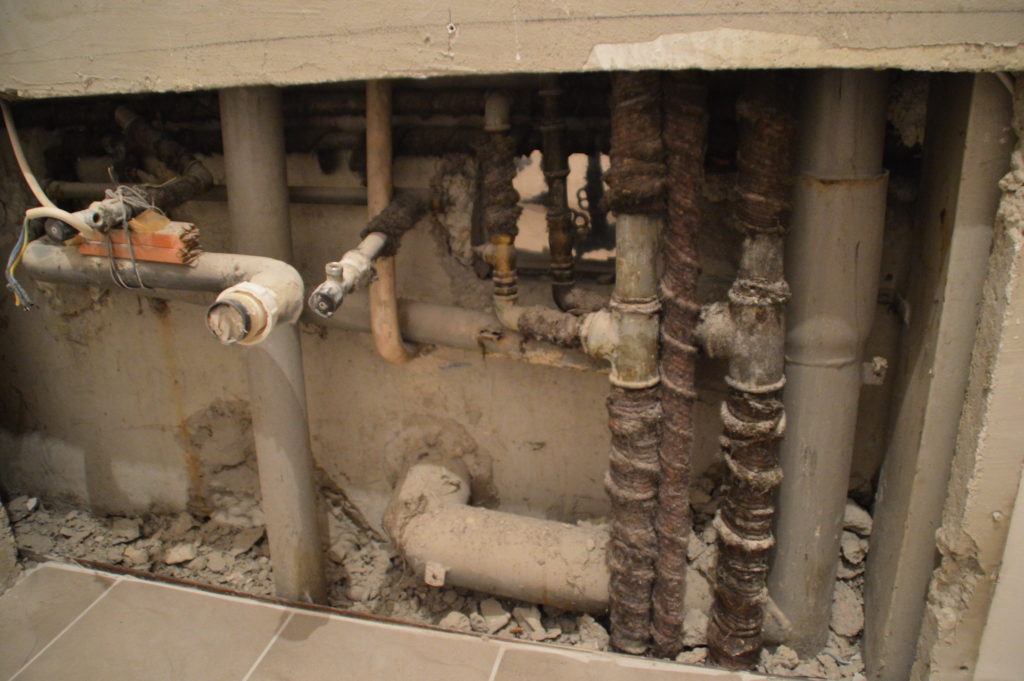10 Sewer Issues to Be Aware of This Season

The sewer system is an essential part of any modern city or town. It plays a crucial role in keeping our communities clean and healthy by removing waste and wastewater from our homes, businesses, and industries. However, just like any other infrastructure, sewers can experience issues that can cause disruptions and even health hazards if not addressed promptly.
As we enter the new season, it’s important to be aware of potential sewer issues that may arise. In this document, we’ll discuss ten common problems that can occur in the sewer system and how to identify and address them.
Clogged Pipes
One of the most common sewer issues is clogged pipes. This occurs when debris, grease, or other materials build up inside the pipes and block the flow of wastewater. Some signs of clogged pipes include slow draining or backed up toilets, sinks, and showers. If left untreated, clogged pipes can lead to sewage backups and overflows, causing damage and health hazards.
Tree Root Invasion
Tree roots are a common cause of sewer problems, especially in older cities with aging infrastructure. As trees grow, their roots can penetrate small cracks or joints in sewer pipes, causing blockages and even ruptures. Signs of tree root invasion include slow draining fixtures and sewage backups.
Sewer Line Collapse
Over time, sewer lines can collapse due to several factors, including age, ground movement, and heavy machinery passing over them. This can result in significant disruptions and health hazards, as well as costly repairs.
Pipe Corrosion
Sewer pipes are typically made of metal or concrete and can corrode over time due to exposure to water and chemicals. Corroded pipes can crack, collapse, or develop leaks, leading to sewage backups and contamination.
Sewer Line Bellies
A belly in a sewer line refers to a dip or low point in the pipe where waste can accumulate and cause backups. This can be caused by shifting soil, ground settling, or improper installation of the pipes.
Sewer Line Misalignment
Misaligned sewer lines can occur when pipes are not properly connected or have shifted over time. This can lead to leaks, blockages, and sewage backups.
Pipe Joint Leaks
Sewer pipes are connected through joints, which can deteriorate over time and cause leaks. These leaks can lead to water damage, mold growth, and unpleasant odors in your home.
Line Blockages
Aside from clogged pipes, sewer line blockages can also occur due to foreign objects, such as toys or hygiene products being flushed down the toilet. These obstructions can cause backups and overflows, leading to property damage and health hazards.
Gas Leaks
Sewer gas is a byproduct of decomposing waste in the sewer system and can be harmful if inhaled in large amounts. Signs of a sewer gas leak include foul odors and health symptoms, such as headaches, nausea, and dizziness.
System Overload
During heavy rainstorms or snowmelt, the sewer system can become overwhelmed with excess water, leading to backups and overflows. This is especially common in cities with combined sewer systems that handle both wastewater and stormwater.
By being aware of these ten common sewer issues, you can take proactive measures to prevent disruptions and health hazards in your home or community. Regular maintenance, inspections, and prompt repairs can help keep the sewer system functioning properly and ensure a clean and healthy environment for all.




